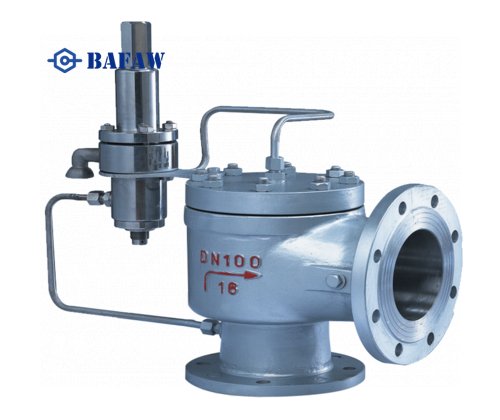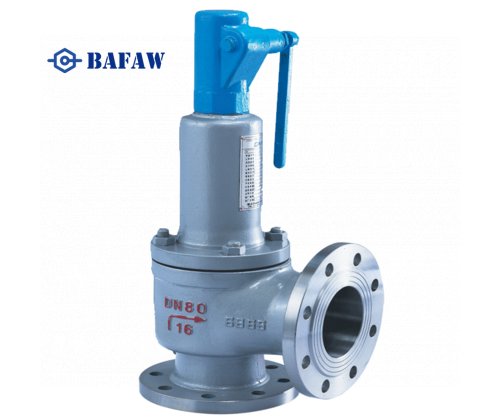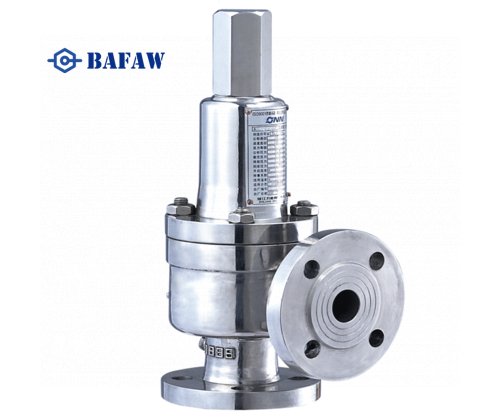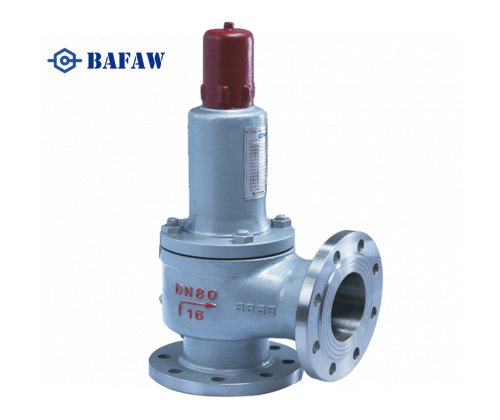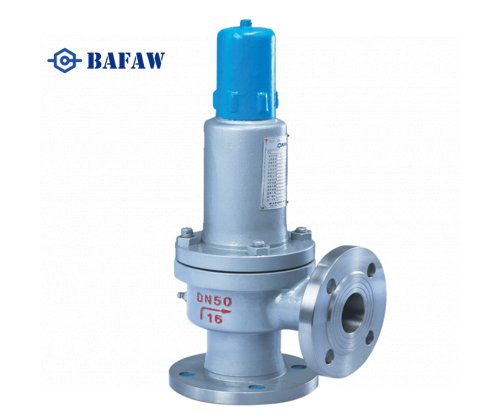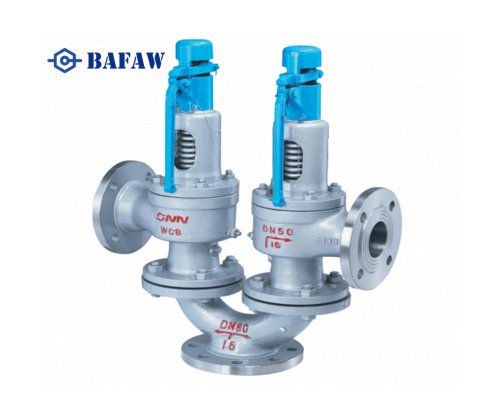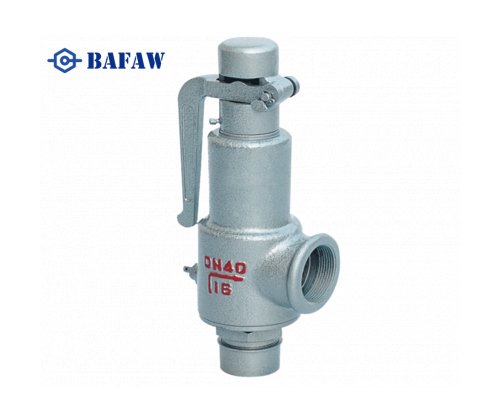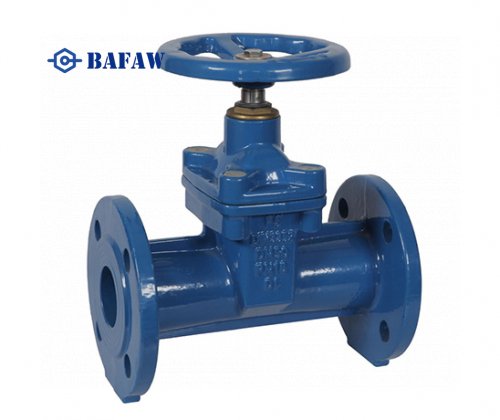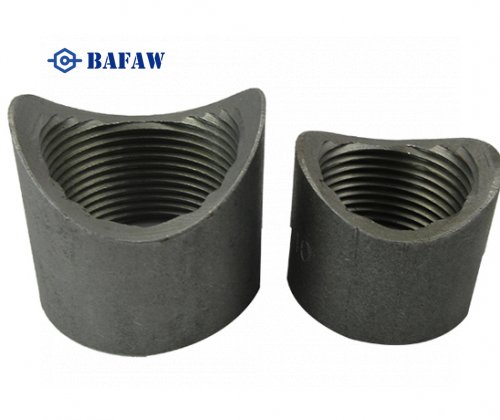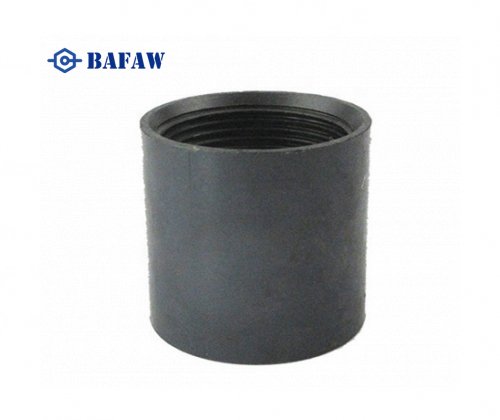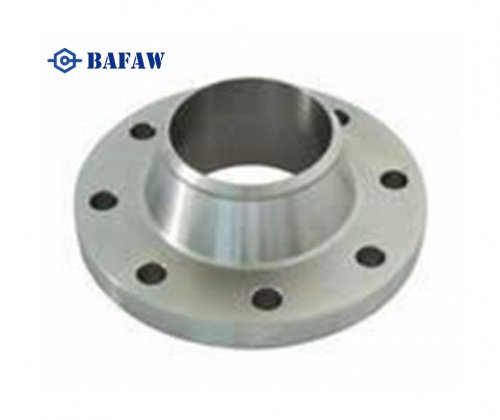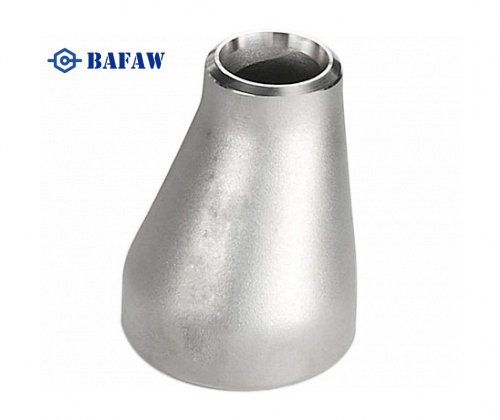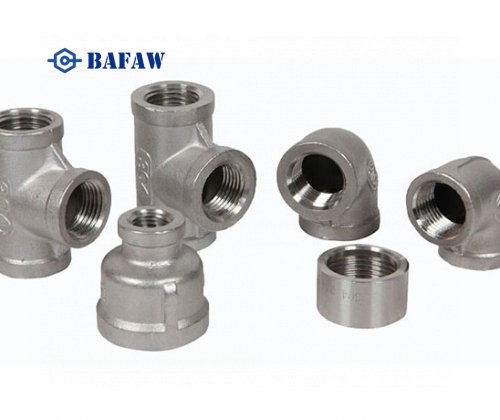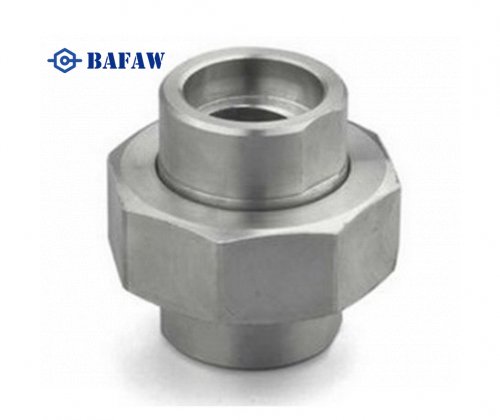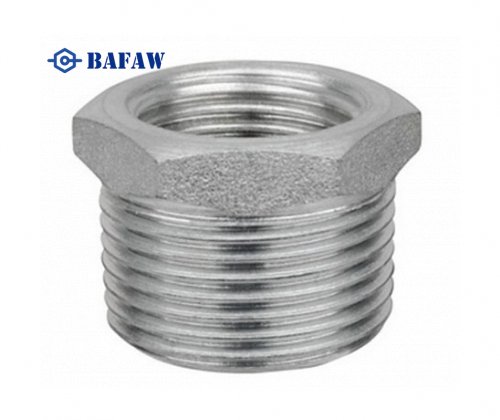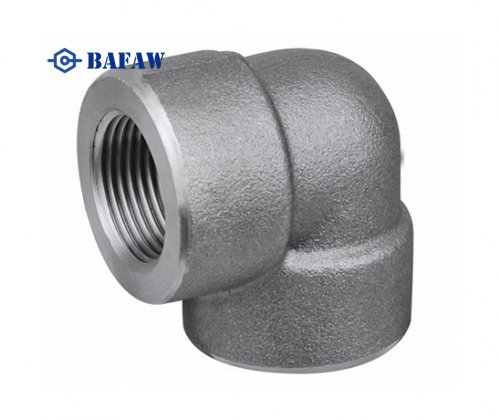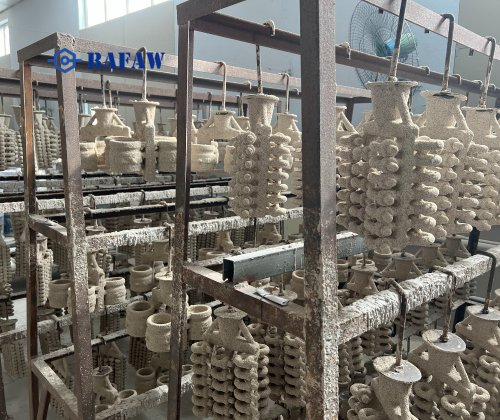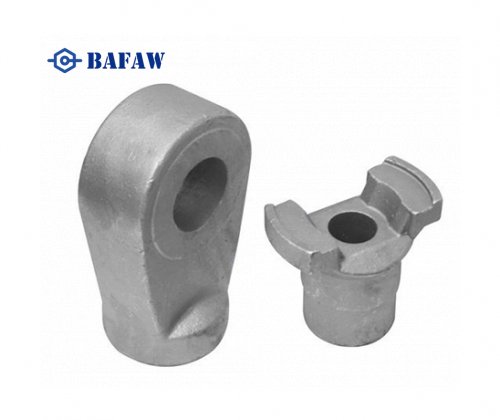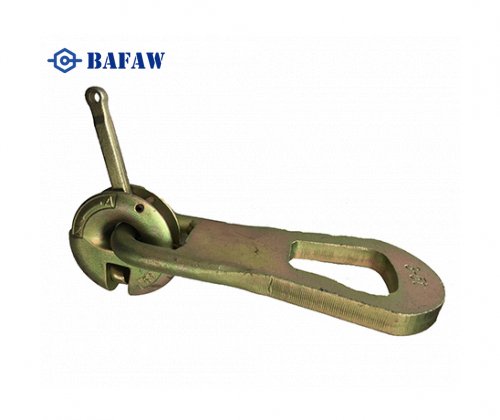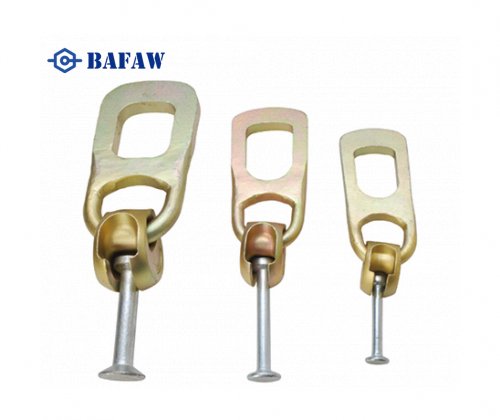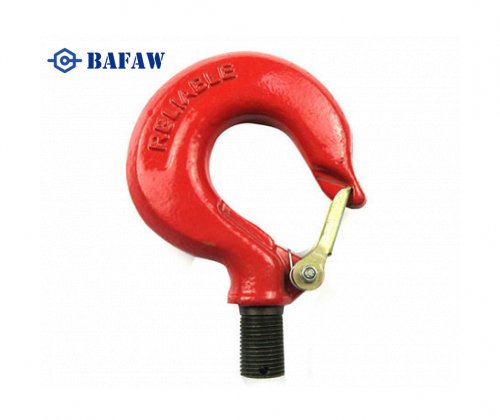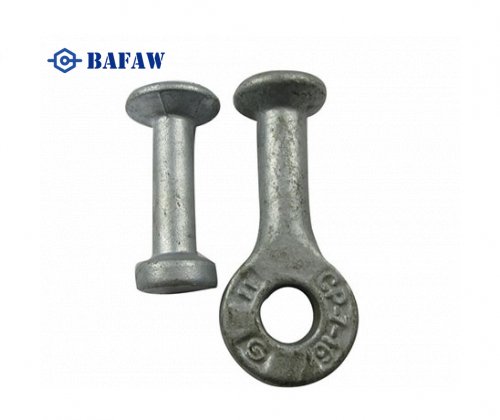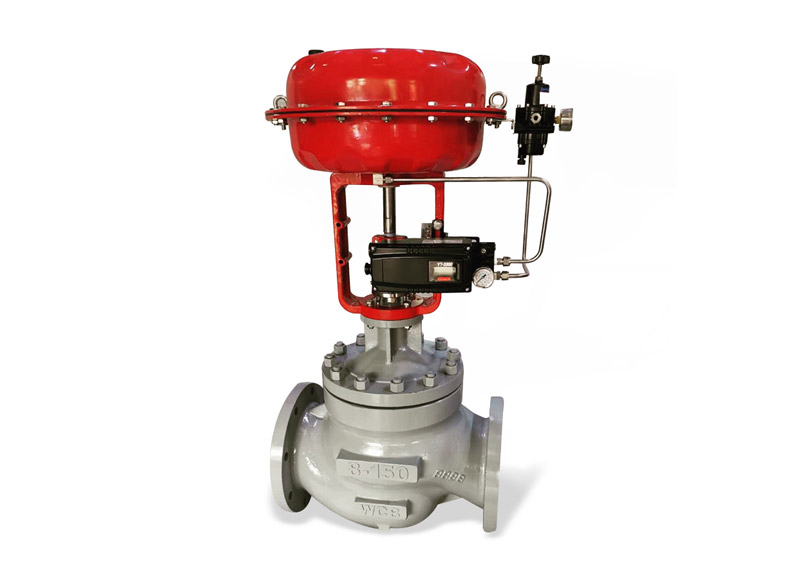Regulating the flow of the world, valves are the unsung heroes hidden on factory floors and oil rigs around the world. These devices control the flow, pressure, and/or direction of liquids, gases, or slurries within pipelines. Their versatility gives them the control needed in virtually any environment—from water treatment to creating renewable energy, manufacturing to public health care.
Valves come in two broad categories: shut-off valves, which start or stop flow, and regulatory valves, which fine-tune flow and pressure. In the sections below we dig into the valve family’s most popular members. We’ll be taking a look at their design, function and roles in today’s systems as well.
1. Ball Valves: Simple Quarter-Turn
Ball valves operate with a round ball that features a hole drilled completely through it. By simply turning the handle a quarter turn (90 degrees), you align the hole in the ball valve with the pipe, allowing flow through or shutting it off to prevent flow. This straightforward quarter-turn action provides a rapid, visual indication of status—fully open or closed in a single movement. Such functionality is essential in various flow control applications.
Their key advantages include positive shutdown (on-off) reliability and tight sealing. The ball seals against soft seats, commonly made of PTFE or similar plastics, to produce a leak-tight seal. This quality makes ball valves successful in high-pressure or high-temperature systems, particularly in plumbing and water valve applications like hydronic heating systems.
In industrial applications, ball valves are frequently used to control the flow of chemicals, gas, and oil. Compared to a gate or globe valve, the use of a ball valve is more user-friendly due to its uncomplicated, quick action mechanism. They exhibit very low flow resistance and can be easily actuated manually or through automation.
However, ball valves are not ideal for controlling flow precisely, as a ball valve that’s only half open will generate turbulence and wear as the fluid bounces off the ball. Nevertheless, their operational simplicity and strong seal ensure they remain a go-to in various piping systems.
2. Butterfly Valves: Compact & Quick
Butterfly valves feature a relatively thin disc, or butterfly, that is attached to a shaft. When the handle is turned one quarter turn, the flat disc opens the line, allowing fluid to flow through. This design is very compact, making it an excellent choice for tight spaces in various piping systems. Typically, these valves are a wafer style, sandwiched tightly between two pipe flanges, which enhances their utility in flow control applications.
The greatest advantage of butterfly valves lies in their lightweight and compact size compared to common valve types like ball or gate valves of similar diameter. These systems excel in large-diameter pipes, making them ideal for applications where space and weight are limited, such as in water treatment facilities and HVAC systems.
Terfly valves provide fast shut-off and good flow regulation. That uncomplicated design translates to less moving parts to upkeep. The primary drawback is that the disc is always in the flow path, even when wide open. This setup can create significant pressure drop.
When both space and speed are critical, butterfly valves emerge as a practical option for various industrial plumbing and fluid control applications.

3. Gate Valves: Full On/Off Duty
Gate valves are full on/off duty valves that utilize a flat or wedge-shaped gate, moving up and down to open and close the valve. These common valve types are multi-turn valves, requiring several turns of the handwheel to fully open or close the gate. This gradual movement allows for gentle regulation in various flow control applications.
Gate valves should only be used in full on or full off positions, as they provide no flow resistance when open. This feature makes them widely utilized in water distribution systems, oil pipelines, and fire protection systems. Their capacity to accommodate large flows with low pressure loss is one of their greatest strengths, particularly in piping systems.
These valves are well suited for low-pressure systems, as the gate design opens to a full-bore, smooth opening. However, they are not appropriate for throttling or precise flow regulation, as the gate in a partially open position can vibrate and wear out. Unlike ball or butterfly valves, these valves require additional time for actuation due to their design.
They take up much more space due to the extended stem.
4. Globe Valves: Precision Flow Control
Globe valves were traditionally designed with a circular body and a plug or disc that moves up and down to press against a seat. In these designs, the stem moves vertically to either open or close the flow pathway. This design allows globe valves to be used for precise flow control.
These valves are crucial in applications where accuracy is vital, like in steam lines, cooling circuits, or dosing systems. Their design allows operators to adjust flow in minute increments while providing excellent throttling capabilities. This makes them a significant advantage compared to ball or gate valves, which do not control as precisely.
The only real trade-off is greater flow resistance. The fluid has to make a sharp turn inside the valve, which results in a sizeable pressure drop. However, when precision control is essential, globe valves are usually the most effective choice.
5. Check Valves: Preventing Backflow
Check valves are one-way devices that stop backflow. They, in effect, allow flow to go in one direction, while preventing it from returning. This keeps water from flowing backward, which could damage pumps, contaminate drinking water supplies, or otherwise damage a system.
Check valves play an essential role in safeguarding our waterworks, chemical manufacturing, and fuel supply. For instance, they prevent water from draining back out of a pump line when the pump shuts off. There are multiple check valve designs—swing, lift, and spring-loaded check valves.
Swing types operate off of a hinged disc, and lift types use a moving plug. Each one accommodates different pressures and flow rates. When used correctly, check valves protect a system and help it operate as intended, which is why they play such an important role in many industries.
6. Plug Valves: Reliable Sealing
Plug valves employ a cylindrical or tapered plug containing a hole. Rotating the plug either aligns the hole with the pipe or seals it off. The plug presses against hard seats, providing very reliable sealing.
They are ideal for managing heavy or viscous fluids and are commonly found in oil and gas pipelines, chemical production facilities, and wastewater treatment plants. Their uncomplicated design results in minimal moving parts and quick operation.
Similar to ball and butterfly valves, the majority of plug valves are quarter-turn. Plug valves exceed ball valves in applications requiring slurries or sticky fluids. If they aren’t regularly maintained, they can be very difficult to operate.

7. Needle Valves: Fine Adjustment
Needle valves employ an elongated, pointed stem that rests in a small seat. Twisting the stem valve enables the operator to take very small adjustments to flow, hence fine adjustment.
They are often found in precision-demanding systems, like laboratory gas lines, instrumentation, and fuel dosing systems. Their chief advantage is precise control of extremely low flow rates that other valve types cannot achieve.
As opposed to globe valves, needle valves provide much finer control but are not designed to accommodate high flows.
8. Diaphragm Valves: Isolating Corrosives
Diaphragm valves operate using a flexible membrane that can open or close the flow path. The diaphragm creates a barrier, isolating the process fluid from the valve’s dynamic components.
This makes diaphragm valves excellent for controlling corrosive or particulate-laden fluids in chemical manufacturing, water treatment, and biotech. They’re used in other applications where preventing a leak is the most critical thing you can do.
The lack of direct-contact moving parts reduces the potential for leakage and simplifies cleaning. The disadvantage is more limited pressure range and slower speed of actuation than other types.
9. Pinch Valves: Gentle Material Handling
Pinch valves regulate flow by pinching down on a soft tube to cut off or release flow. This soft process prevents crushing of fragile solids or slurries.
Pinch valves are widely used in food processing, mining, and waste treatment. By avoiding compression or obstruction of the material flow, pinch valves make for a gentle operating procedure.
They are very easy to maintain, as the tube is the only replaceable component that ever comes into contact with the fluid. While other valves are prone to clogging with solids found in flows, pinch valves prevent that build up.
10. Pressure Relief Valves: System Safety
Pressure relief valves are designed to open when pressure rises too high, preventing damage to equipment and harm to people. Most relief valves employ spring-loaded mechanisms that open at predetermined pressures.
These types of valves are used in many applications, including boilers, chemical reactors, and compressed air systems, where safety is critical. There are many different types—direct-acting, pilot-operated—for different system requirements.
Without relief valves, excessive pressure may lead to rupture of piping or vessels.
11. Solenoid Valves: Automated Control
Solenoid valves utilize an electric coil to drive a plunger to open or close the valve. This makes automated, remote control possible.
These valves are the most widely used type in irrigation, washing machines and industrial automation. Their quick operation and simple integration with control systems allow their use in processes requiring rapid or scheduled switching.
12. Pressure Reducing Valves: Managing Pressure
PRVs, or pressure regulating valves, are used to maintain downstream pressure at a constant set point, regardless of how the upstream pressure may fluctuate. This protects sensitive and expensive equipment, and helps keep systems running as they should.
They are commonly used in water supply systems, gas distribution, and steam transmission pipelines. Properly using these valves can result in significantly improved operational efficiency.

V port Pneumatic Ball Valve
Choosing Your Perfect Valve Match
To choose the perfect valve match for any system, it’s important to first consider the process. Next, determine the specific needs of the application. You know what’s going down the pipes. You understand the viscosity and temperature of the flow, and you know how the valve needs to operate with a daily routine.
Every decision, including valve type, size, and installation approach, influences the final result.
What Fluid Are You Handling?
To start, you will need to know what fluid you will be handling. What Fluid Are You Working With? Water, steam, oil, chemicals, gases—all require a unique valve strategy.
Other fluids, such as corrosive acids or slurries, require durable, aggressive materials and the material should often be stainless steel. For gas systems, the rapid shut-off capabilities of both ball and butterfly valves make them common choices.
Failure to install the appropriate valve is not only a waste of time and money but can cause leaks, corrosion, and ultimately system failure. If you need precise control over small amounts, needle valves are ideal, but they require time to close.
In more complicated multi-directional networks, multi-directional valves can be used to assist in splitting flow across multiple pipes.
Pressure and Temperature Demands
No matter what, every valve has constraints. High-pressure steam lines must be fitted with gate or globe valves that will not buckle under the pressure. Low-pressure systems tend to be a good match for plastic ball valves.
When a valve is operated under conditions higher than its rating, the valve will likely break, leak, or significantly wear out quickly.
NOTE: When determining valve match, always verify the pressure and temperature ratings on your valve and system.
Sizing: Why Bigger Isn't Better
For constant flow, valve size should be the same as pipe size. An undersized valve can result in undesirable control and higher overall costs.
An undersized valve can hinder flow and increase pressure. This means, for instance, that a 25 mm ball valve would fit inside a 25 mm pipe.
Utilize flow charts and system requirements to determine the appropriate size.
Connection Types: Making it Fit
Valves connect in different ways: threaded, flanged, welded, or clamped. Your existing pipe connection type will need to be compatible for a secure, leak-free fit.
Flanged valves are ideal for large-diameter pipes and high-load applications, while threaded valves are a good fit for smaller, more basic arrangements. An incorrect connection can result in leaks or difficult repairs.
Installation & Maintenance Realities
Attention to detail on installation and maintenance lead to longer valve lifetimes. Consult a specialist, and always adhere to the manufacturer’s instructions for installation.
Clean and test valves on a fixed routine schedule. Skipping these steps can lead to stuck, leaky, or failed valves, and expensive downtime.


















